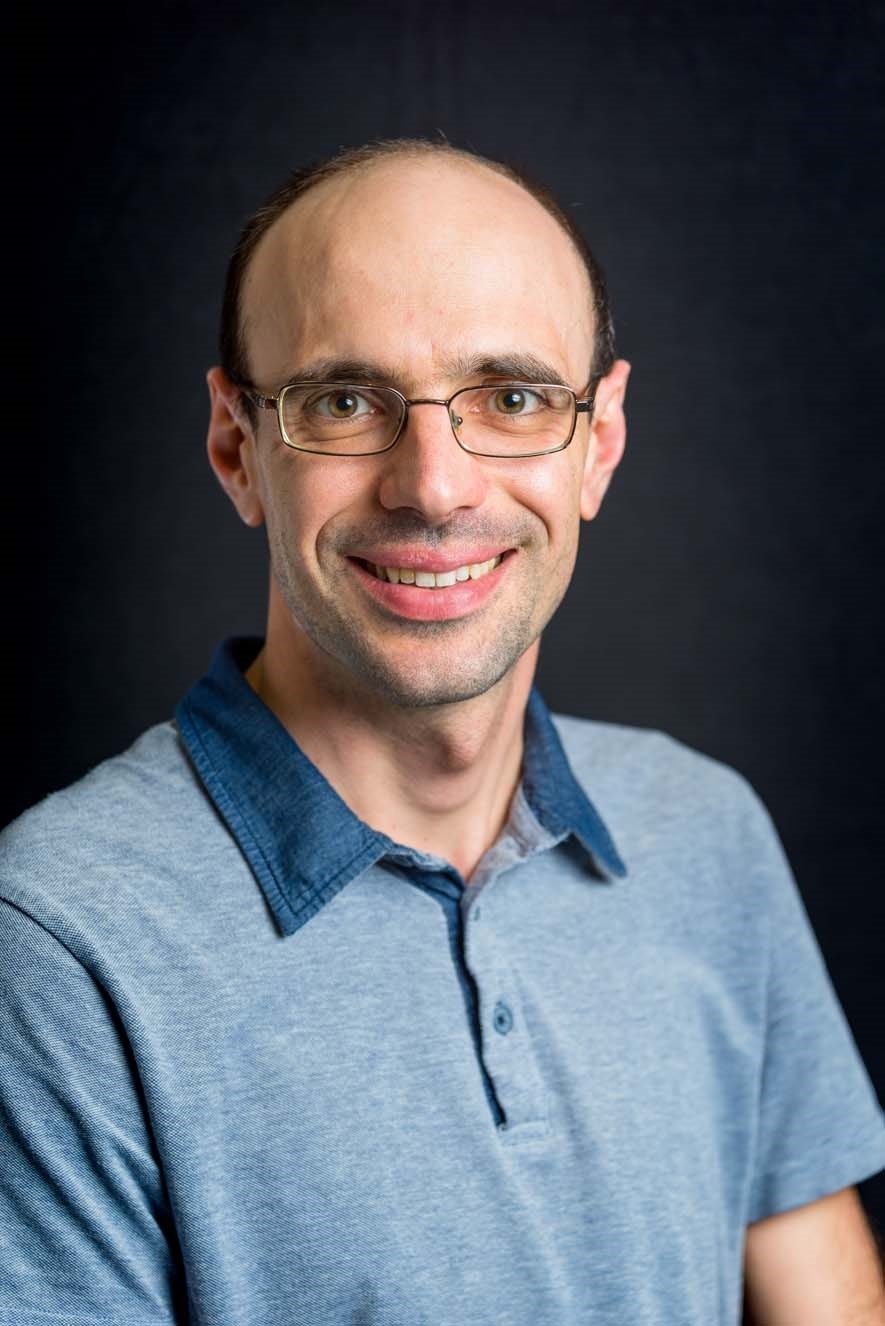22 June 2022
Welcoming Prof. Dr. Jianrong Shi and Dr. Andrea Longobardo to the Editorial Board of Universe
You are accessing a machine-readable page. In order to be human-readable, please install an RSS reader.
All articles published by MDPI are made immediately available worldwide under an open access license. No special permission is required to reuse all or part of the article published by MDPI, including figures and tables. For articles published under an open access Creative Common CC BY license, any part of the article may be reused without permission provided that the original article is clearly cited. For more information, please refer to https://www.mdpi.com/openaccess.
Feature papers represent the most advanced research with significant potential for high impact in the field. A Feature Paper should be a substantial original Article that involves several techniques or approaches, provides an outlook for future research directions and describes possible research applications.
Feature papers are submitted upon individual invitation or recommendation by the scientific editors and must receive positive feedback from the reviewers.
Editor’s Choice articles are based on recommendations by the scientific editors of MDPI journals from around the world. Editors select a small number of articles recently published in the journal that they believe will be particularly interesting to readers, or important in the respective research area. The aim is to provide a snapshot of some of the most exciting work published in the various research areas of the journal.
Original Submission Date Received: .
We are pleased to announce that Prof. Dr. Jianrong Shi and Dr. Andrea Longobardo have joined Universe (ISSN 2218-1997) as Editorial Board Members of the Sections “Stellar Astronomy” and “Planetary Sciences”, respectively.
Prof. Dr. Jianrong Shi is a researcher in stellar astrophysics at the National Astronomical Observatories, Chinese Academy of Sciences. He is the Operations Manager of the LAMOST. His main research interests encompass stellar astrophysics, the origin of the chemical elements, and the formation and evolution of galaxies. In particular, his work focuses on accurately determining the chemical composition of stars. By observing stars of different ages and locations, we can thereby uncover, for example, how stars forge different elements by nuclear burning, and how a galaxy, like our own Milky Way, has evolved with time since its formation. His recent work focuses on accurately determining the abundances of Li, Mg, Ca, Ba, Eu, etc., from the LAMOST medium-resolution spectra.

Dr. Andrea Longobardo is an INAF-IAPS researcher, working in the planetary science field, with a particular focus on small bodies. He is a team member of the VIR imaging spectrometer (NASA’s Dawn mission) and an associated scientist of the ESA/Rosetta instruments VIRTIS (imaging spectrometer) and GIADA (dust detector). He is currently a team member of the ESA/Comet Interceptor mission. He has also collaborated with the VIRTIS/Venus Express and Hayabusa2/NIRS3 teams. He has led several projects concerning the photometry, mineralogy, and spectroscopy of small bodies in addition to planetary dust characterization. Moreover, he is involved in the development of dust sensors (MarcoPoloR/VISTA, Hera/VISTA, Comet Interceptor/DISC, and ESA’s CAM and CAMLAB sensors) and is the deputy PI of the VISTA instrument.
We wish them every success in their new positions, and we look forward to their contributions to the journal.
